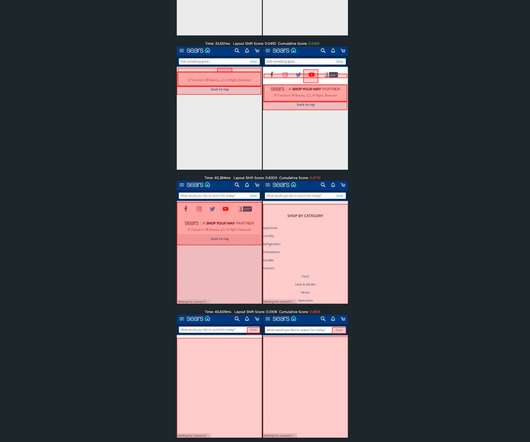Ten years of page bloat: What have we learned?
Speed Curve
MARCH 7, 2022
How does page bloat affect other metrics, such as Google's Core Web Vitals? These numbers should not be taken as a benchmark for your own site. The median page today serves 25 images, compared to 42 images back in 2012. And we need to have strategies in place to understand and manage our pages. Not all pages are getting bigger.










Let's personalize your content